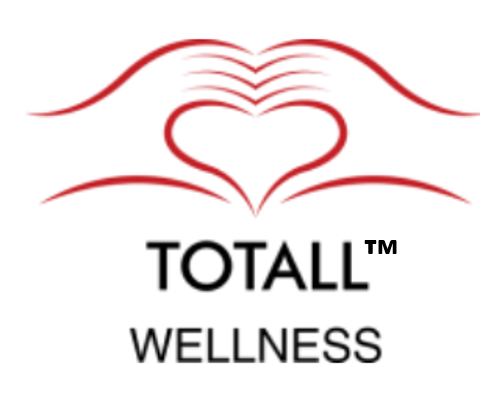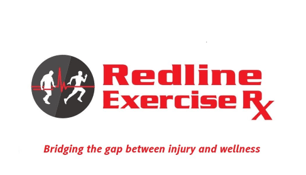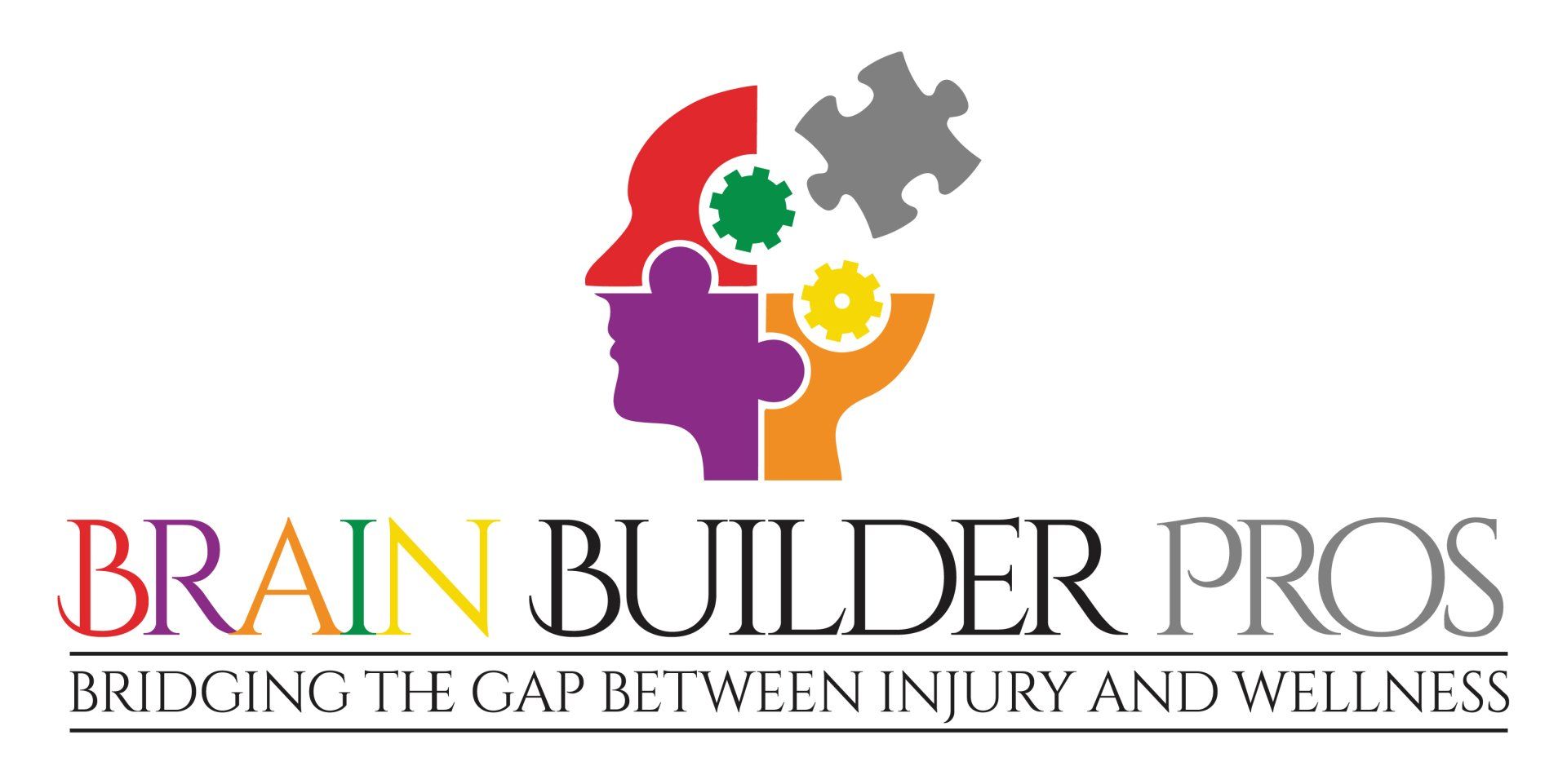What is Totall™ Wellness ?
Our Program
Totall™ Wellness Designing an individual wellness program is an important step in improving the health and productivity of employees and individuals, potentially improving the overall cost of employer-provided health care.
Wellness programs can benefit employers and individuals by:
- Lowering health care costs through medical cost sharing
- Providing access to affordable Healthcare Solutions
- Reducing absenteeism
- Achieving higher productivity
- Reducing workers' compensation and disability-related costs
- Reducing injuries
- Improving employee morale and loyalty
Because of the ever-increasing costs of health insurance and the importance of employee health, employers should consider implementing a well-thought-out wellness program that benefits both the employee's health and the employer's bottom line.
Our Wellness Programs are customized around your needs.
- Improve employee productivity.
- Lower healthcare costs.
- Eliminate the guesswork.

Nutrition: The Missing Piece of the Wellness Puzzle
While many companies focus on physical activity in their corporate wellness program, they often don't prioritize the other pieces of the wellness puzzle – nutrition. According to the Institute for Health Metrics, poor nutrition has nearly three times the impact on health as low fitness. While more than two-thirds of the U.S. population classified as obese and 86 million Americans struggling with pre-diabetes, the need for better, more accessible nutrition education is evident.
According to Danielle Schaub, RD, and Culinary and Nutrition Manager at Territory Foods, one of the biggest inhibitors to intentional eating is the workplace. Work for most people is stressful and mentally draining – their schedule can be unpredictable, and they are surrounded by people who are inevitably influencing behavior. Most of us are creatures of habit with daily routines centered around work demands. However, these factors actually make the workplace a prime opportunity to improve our intentional eating game.
Providing healthy food options in the corporate setting is an effective way to get employees to stick to smart eating habits – which benefits both the individual and the company. Here are just a few of the major benefits:
How to Help Everyone Eat Better
Only 26% of adult Americans eat vegetables three or times every day. The USDA’s Dietary Guidelines recommend adults eat anywhere from five to 13 servings of fruits and vegetables per day depending on age, gender, physical activity and overall health. Because most corporate employees spend at least 40 hours in the office each week, their daily health decisions begin in the workplace - so it's the perfect opportunity for employers to help tackle this problem.
At home and In the workplace, healthy, intentional eating and nutrition programs can serve an integral role in fostering personal health and wellness. The majority of food choices – often breakfast, lunch and snacks – are made during the workday. By encouraging everyone to make intentional choices at work and at home, where they tend to fall into routines, we can set you up for success as these healthy choices become more automatic and repetitive.
Are you ready to make healthy and delicious food choices ?
- The same amount of energy IN and energy OUT over time = weight stays the same (energy balance)
- More energy IN than OUT over time = weight gain
- More energy OUT than IN over time = weight loss
- Follow a healthy diet, and if you are overweight or obese, reduce your daily intake by 500 calories for weight loss
- Are physically active
- Limit the time you spend being physically inactive

Why Is a Healthy Weight Important?
Reaching and maintaining a healthy weight is important for overall health and can help you prevent and control many diseases and conditions. If you are overweight or obese, you are at higher risk of developing serious health problems, including heart disease, high blood pressure, type 2 diabetes, gallstones, breathing problems, and certain cancers. That is why maintaining a healthy weight is so important: It helps you lower your risk for developing these problems, helps you feel good about yourself, and gives you more energy to enjoy life.
What Is Overweight and Obesity?
Overweight is having extra body weight from muscle, bone, fat, and/or water. Obesity is having a high amount of extra body fat. Body mass index (BMI) is a useful measure of overweight and obesity. The information on this Web site will provide you with information about BMI (including limitations of this measure) and how to reach and stay at a healthy weight. Talk to your health care provider if you are concerned about your BMI.
What Factors Contribute To a Healthy Weight?
Many factors can contribute to a person’s weight. These factors include environment, family history and genetics, metabolism (the way your body changes food and oxygen into energy), and behavior or habits.
Energy Balance
Energy balance is important for maintaining a healthy weight. The amount of energy or calories you get from food and drinks (energy IN) is balanced with the energy your body uses for things like breathing, digesting, and being physically active (energy OUT):
To maintain a healthy weight, your energy IN and OUT don’t have to balance exactly every day. It’s the balance over time that helps you maintain a healthy weight.
You can reach and maintain a healthy weight if you:
Do you follow a weight management program ? … let us help you custom fit a plan that works !
- Headaches
- High blood pressure
- Chronic aches and pains
- Trouble sleeping or insomnia
- Irritability
- Weight gain or weight loss
- Weak immune system
- Chest pain and rapid heartbeat
- Fatigue
- Stomach issues (nausea, diarrhea, constipation)
- Increased risk of anxiety and depression
- Not to mention, unmanaged stress can have disastrous consequences in the workplace.

Implementing a Stress Management Program
Stress is one of the most common challenges employees face. It’s also one of the most damaging, too. Unmanaged stress can lead to burnout, unhealthy habits, and harm an employee’s mental and physical health.
According to research from the American Institute of Stress (AIS), 40% of employees reported their job was very or extremely stressful, and 25% view their jobs as the number one stressor in their lives. Based on these stats, it’s safe to assume that a majority of your workforce is dealing with workplace stress on a daily basis.
While stress might seem like it’s a normal part of office culture, it shouldn’t ever be excused or ignored. When stress becomes chronic, it can have dangerous effects on an employee’s health and wellbeing. In fact, AIS also found that job stress is more strongly associated with health complaints than financial or family problems are.
Chronic stress can lead to health problems such as:
Stressed employees often have trouble concentrating, struggle to stay productive, and are susceptible to burnout.
Fortunately, employers have the opportunity to address workplace stress and help reduce its effects in the office. One of the best ways to do this is by focusing on stress management in your workplace wellness program.
1. Offer stress education.
2. Offer on-site meditation classes.
3. Foster an authentic culture of wellness.
4. Promote a positive work-life balance.
5. Provide opportunities for stress-relief.
Does your employee wellness program address stress?
- Sign in to your account
- Complete your assessment based on Life's Simple 7 ® to get your heart score
- Review your personalized health recommendations
- Select the healthy habits you would like to develop
- Celebrate your positive changes

WHAT IS A SCREENING?
A screening is a medical assessment to detect diseases or serious health conditions. In the past, patients were treated when they became sick. Now we know early detection can make health problems easier to treat and cure. Screenings improve lives, save lives, and also save money!
Screenings are critical to individual employees and to company’s health promotion efforts. A screening can save an employee’s life. For agencies, collectively assessing your workforce’s screening data can help you to strategically design a worksite health and wellness program that addresses the most prominent health risk factors in your workforce; this makes screenings an essential element of realizing positive impacts on health care costs, productivity, reduced absenteeism, recruitment, retention, culture, and employee morale. Even more broadly, agencies, employees, their families, and communities all benefit from the prevention of disease.
GOOD HABITS BUILD BETTER HEALTH
We provide you with a personal health assessment and improvement tool that encourages you to take actions and form habits to move toward ideal heart health. Moving toward ideal heart health is also associated with lower risk for cancer, diabetes, depression and improved cognitive function.
How it works: You complete an assessment, get a Heart Health Score with recommendations to make improvements and track your progress.
What’s your Heart Health Score?
Did you know that people who achieve and maintain a healthy heart score have better odds for a longer and healthier life? It’s true! And you may find that achieving a healthy heart score is easier than you think. No matter what your score, it’s never too late to start making improvements, and every small milestone counts for building a healthier life.
We’ll help you take the first step toward improving your heart health. Now you’re ready to build habits toward better health.
Getting started is easy.
In conjunction with My Life Check, we track the progress you’ve logged and when you’re ready, you can update your score to see how you’ve improved. We hope you’ll celebrate each small change you make, because a healthier heart means more quality years to invest in everything that’s meaningful in your life.
Or as we say, life is why.
You’re on your way. And we’ll be cheering for your progress !
- Ask - Identify and document tobacco use status for every patient at every visit. (You may wish to develop your own vital signs sticker, based on the sample below).
- Advise - In a clear, strong, and personalized manner, urge every tobacco user to quit.
- Assess - Is the tobacco user willing to make a quit attempt at this time?
- Assist - For the patient willing to make a quit attempt, use counseling and pharmacotherapy to help him or her quit. (See Counseling Patients To Quit and pharmacotherapy information in this packet).
- Arrange - Schedule follow up contact, in person or by telephone, preferably within the first week after the quit date.

“Paying for tobacco use cessation treatment is the single most cost-effective health insurance benefit for adults that can be provided to employees."
- Centers for Disease Control and
Prevention (CDC)
Although smokers have been pushed out of sight by smoke-free laws, the costs of smoking remain staggering. In addition to higher healthcare costs associated with employees that smoke, lower workforce productivity—from smoking-related absences to distractions due to nicotine cravings and smoking breaks—is also negatively impacting business success.
Five Major Steps to Intervention (The "5 A's") – Our Secret Sauce to help you to Stop Smoking
Successful intervention begins with identifying users and appropriate interventions based upon the patient's willingness to quit. The five major steps to intervention are the "5 A's": Ask, Advise, Assess, Assist, and Arrange.
Are you ready to start the journey to being a non-smoker ?




